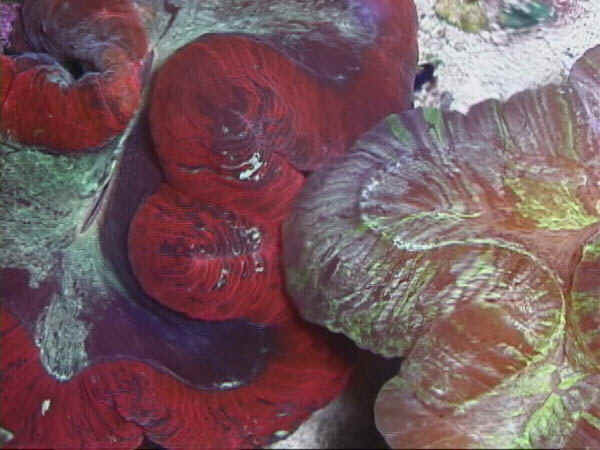Randy Holmes-Farley
Reef Chemist
View Badges
Staff member
Super Moderator
Excellence Award
Expert Contributor
Article Contributor
R2R Research
My Tank Thread
- Joined
- Sep 5, 2014
- Messages
- 67,391
- Reaction score
- 63,732
Therefore, seawater alkalinity is viewed as the conversions between HCO3− and CO32−. But is that the case in the confined space of a seawater aquarium with typically fluctuating CO2 production? In practice, the salinity of ocean water is determined by measuring the total chlorinity, something that would lead to large fluctuations in the aquarium.
Your oversimplification to carbonate and bicarbonate only is not ever correct, but it is absolutely true that CO2 changes CANNOT change the total alkalinity. I gave the detailed reason earlier in this thread. It is called The Principle of Conservation of Alkalinity by Pankow (“Aquatic Chemistry Concepts”, 1991). He shows mathematically that the total alkalinity of a sample CANNOT be changed by adding or subtracting CO2. Unfortunately, there is an article available on line, which claims otherwise, and encourages people to “lower alkalinity” by adding CO2 in the form of seltzer water. This is simply incorrect.
Forgetting the math for the moment, it is easy to see how this must be the case. If carbonic acid is added to any aqueous sample with a measurable alkalinity, what can happen?
Well, the carbonic acid can release protons by reversing equations 1 and 2:
(5) H2CO3 ==> H+ + HCO3–
(6) HCO3– ==> H+ + CO3—
These protons can go on to reduce alkalinity by combining with something that is in the sample that provides alkalinity (carbonate, bicarbonate, borate, phosphate, etc). However, for every proton that leaves the carbonic acid and reduces alkalinity, a new bicarbonate or carbonate ion is formed that adds to alkalinity, and the net change in total alkalinity is exactly zero. The pH will change, and the speciation of the things contributing to alkalinity will change, but not the total alkalinity.
This is not true for strong acids, however. If you add hydrochloric, sulfuric or phosphoric acids (or any acid with a pKa lower than the carbonic acid endpoint), there will be a reduction in the alkalinity.












